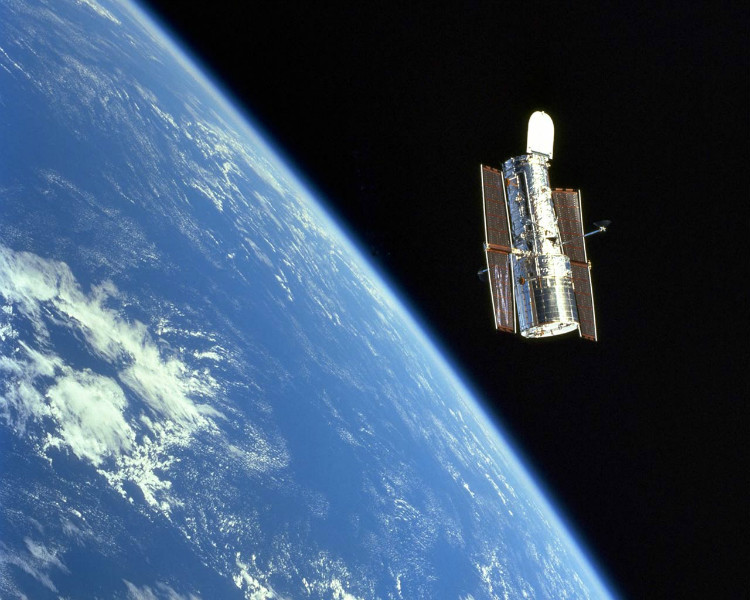Hildebrand traveled to the site and decided fairly swiftly that they had their crater. By early 1991 it had been established to nearly everyone's satisfaction that Chicxulub was the impact site.

Conveniently a natural test of the theory arose when the Shoemakers and Levy discovered Comet Shoemaker-Levy 9, which they soon realized was headed for Jupiter. For the first time, humans would be able to witness a cosmic collision—and witness it very well thanks to the new Hubble space telescope. Most astronomers, according to Curtis Peebles, expected little, particularly as the comet was not a coherent sphere but a string of twenty-one fragments. "My sense," wrote one, "is that Jupiter will swallow these comets up without so much as a burp." One week before the impact, Nature ran an article, "The Big Fizzle Is Coming," predicting that the impact would constitute nothing more than a meteor shower.











